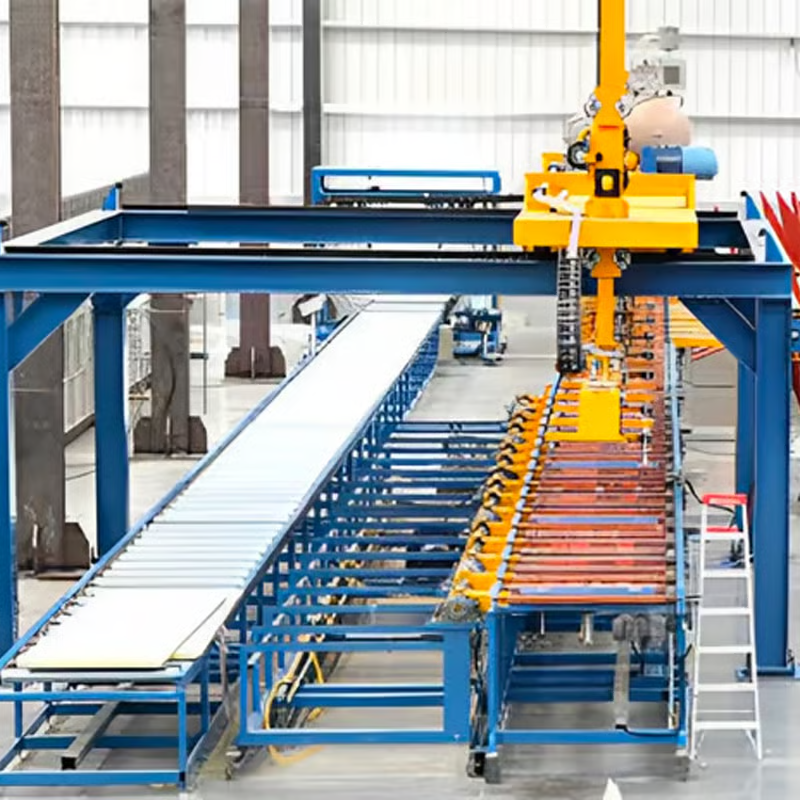A stacker is a versatile material handling equipment used in various industries to lift and stack heavy loads. It consists of a mast, forks, and controls for lifting and lowering loads, making it an essential tool for efficient warehouse operations.
Types of Stackers
There are different types of stackers available, including walkie stackers, rider stackers, and straddle stackers. Each type is designed for specific tasks and comes with varying load capacities and lift heights to suit different requirements.
Benefits of Using a Stacker
Stackers are designed to increase productivity and efficiency in warehouses by allowing operators to move and stack heavy loads with ease. They also help in reducing manual labor, minimizing the risk of injuries, and optimizing storage space.
Key Features to Consider
When choosing a stacker, it is important to consider factors such as load capacity, lift height, power source (electric, manual, or hydraulic), and maneuverability. These features will determine the suitability of the stacker for your specific application.
Applications of Stackers
Stackers are commonly used in warehouses, distribution centers, manufacturing facilities, and retail stores for a wide range of tasks, including pallet stacking, order picking, and load transportation. They play a crucial role in streamlining material handling processes.
Maintenance Tips for Stackers
To ensure the longevity and optimal performance of a stacker, regular maintenance is essential. This includes checking the hydraulic system, inspecting the forks and chains, lubricating moving parts, and replacing worn-out components as needed.
Training for Stackers Operators
Proper training is crucial for stacker operators to safely and efficiently operate the equipment. Operators should be trained on stacker controls, safety procedures, load handling techniques, and maintenance practices to prevent accidents and maximize productivity.
Cost Considerations
The cost of a stacker may vary depending on its type, features, and brand. While upfront costs are important, it is essential to also consider long-term costs, such as maintenance expenses and operational efficiency, to make an informed decision.
Environmental Benefits of Electric Stackers
Electric stackers are becoming increasingly popular due to their eco-friendly nature. They produce zero emissions, reduce noise pollution, and have lower operating costs compared to gas-powered stackers, making them a sustainable choice for businesses.
Choosing the Right Stacker for Your Needs
When selecting a stacker for your operation, carefully assess your requirements, workspace constraints, budget, and maintenance capabilities. By choosing the right stacker that aligns with your needs, you can enhance efficiency, safety, and profitability in your workplace.
Quote Inquiry
Contact us!

